
Where We Be
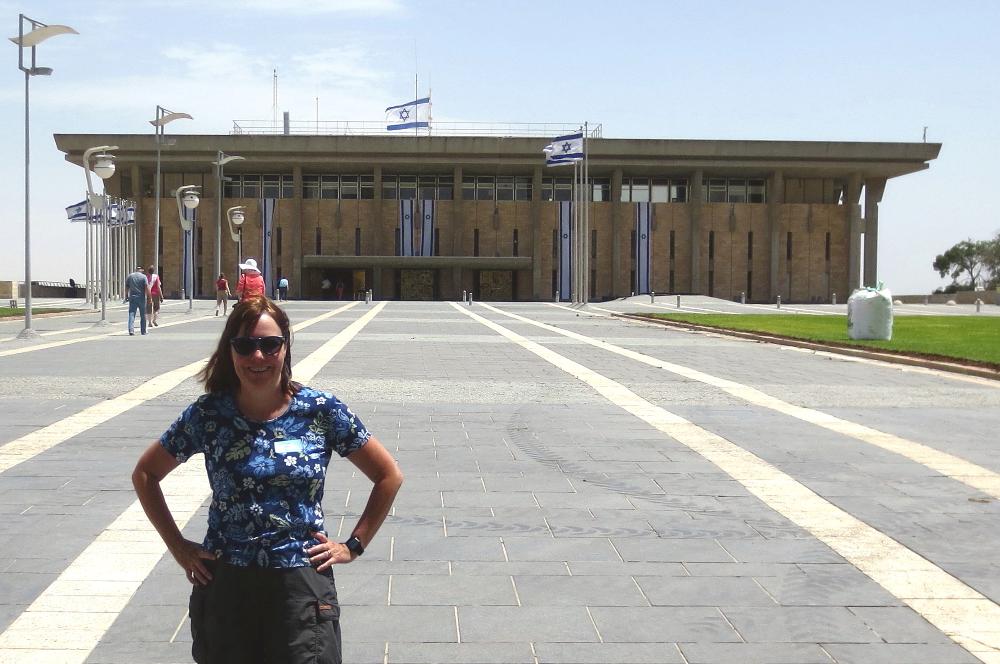
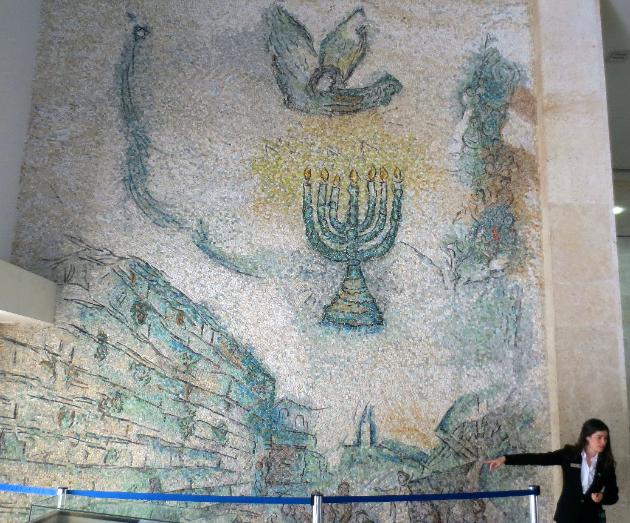
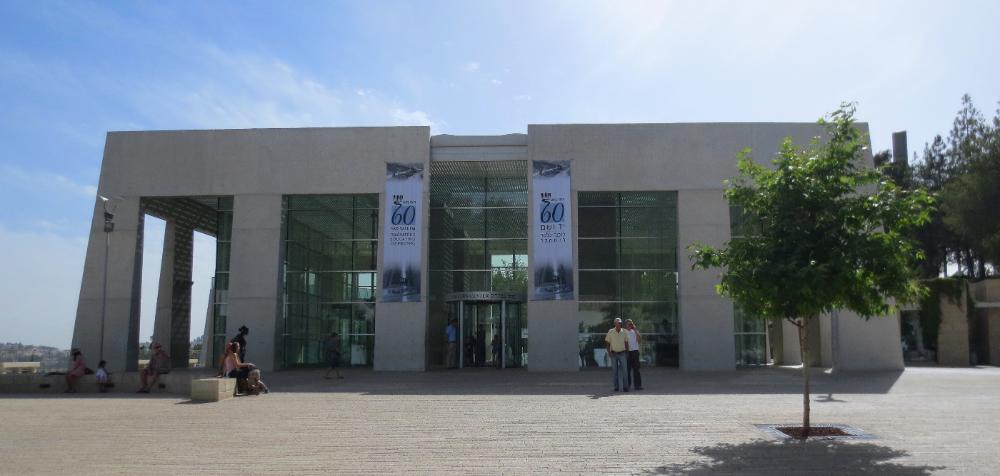
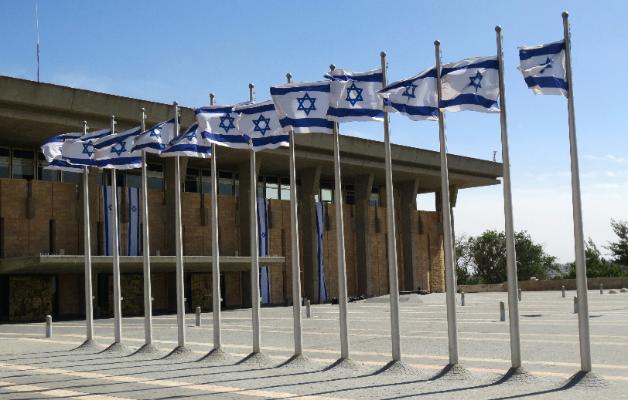
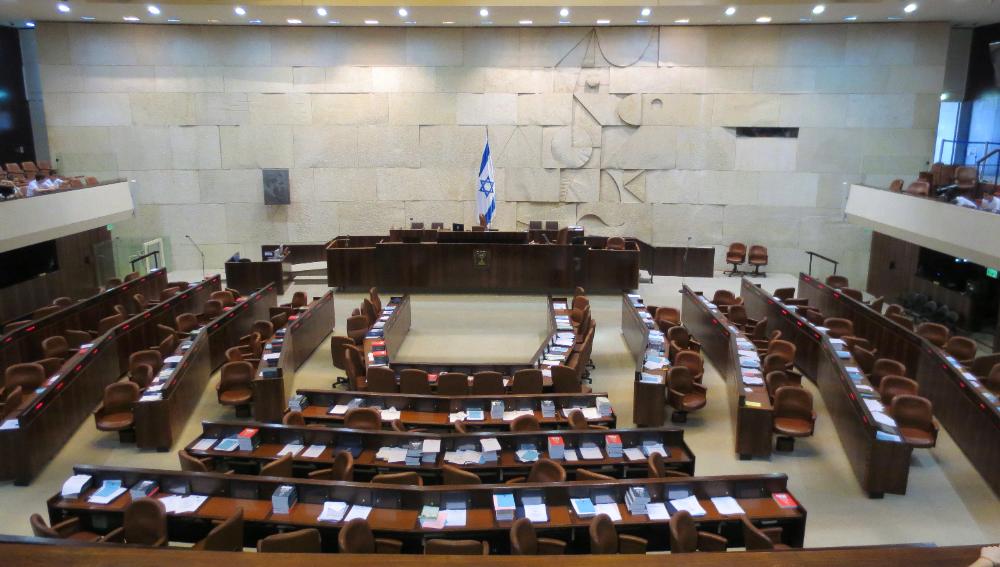
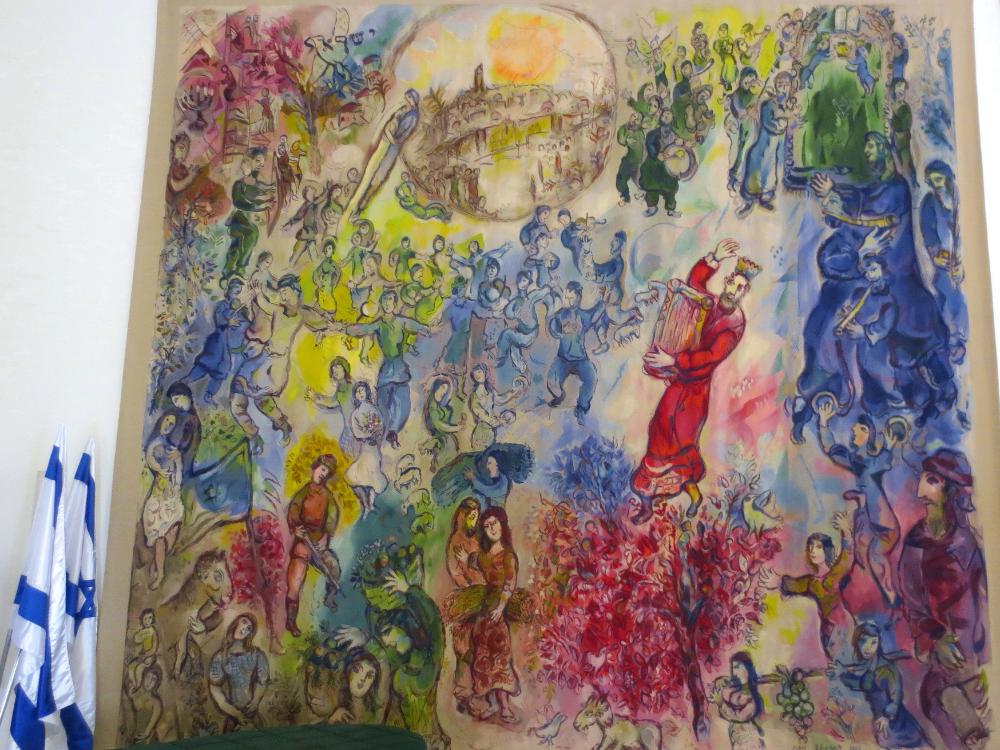
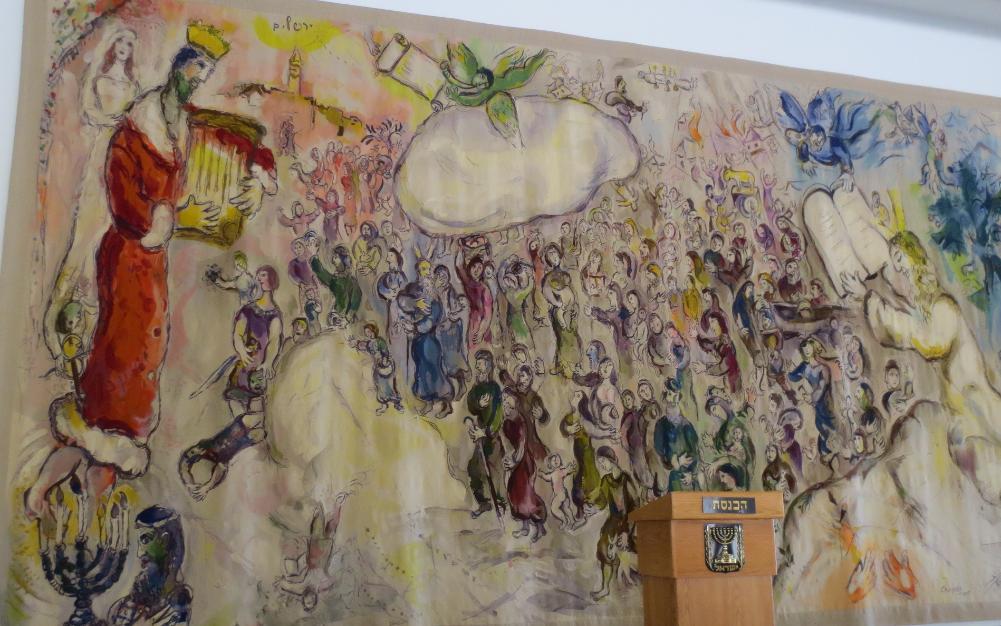
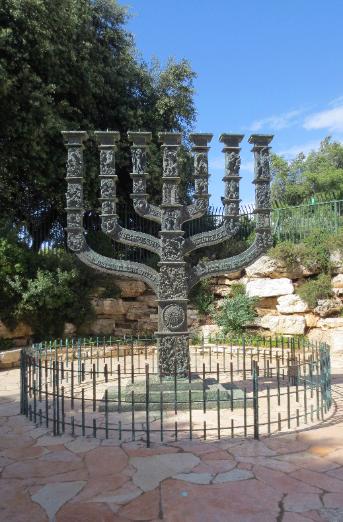
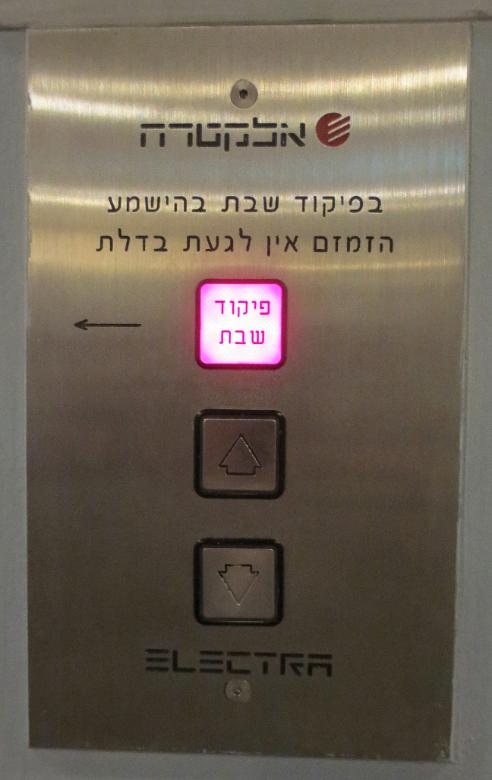
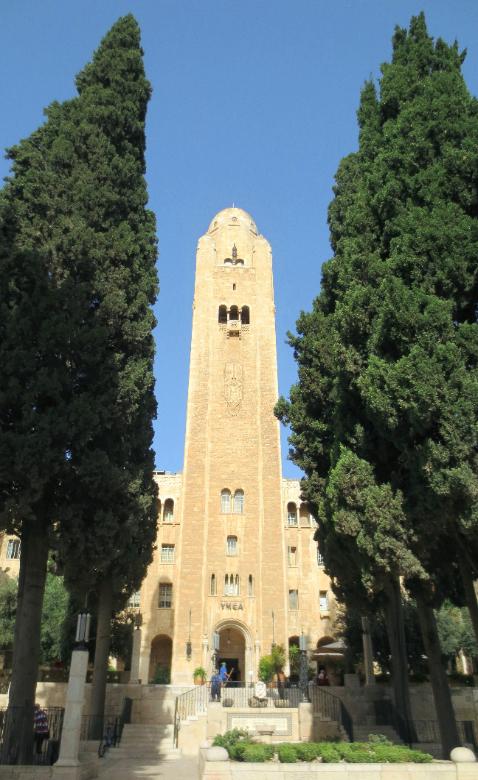
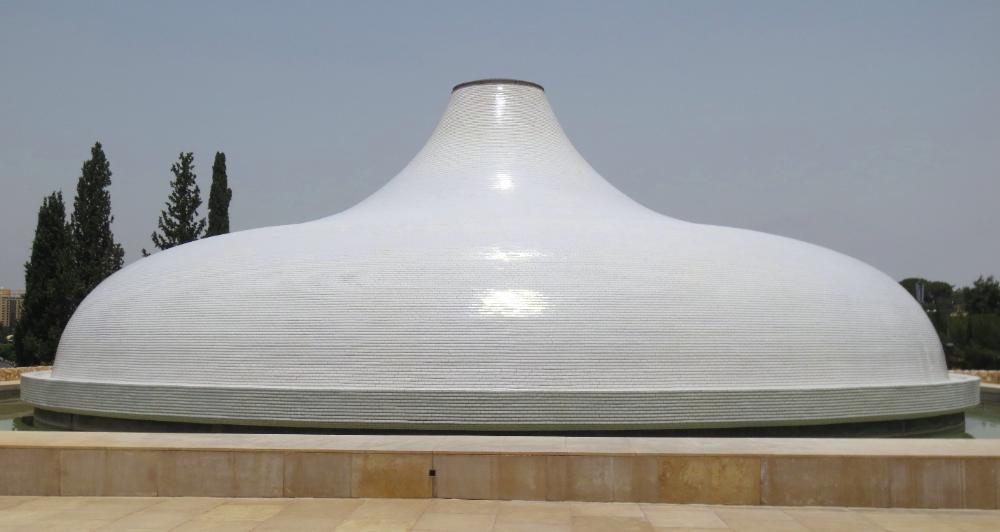
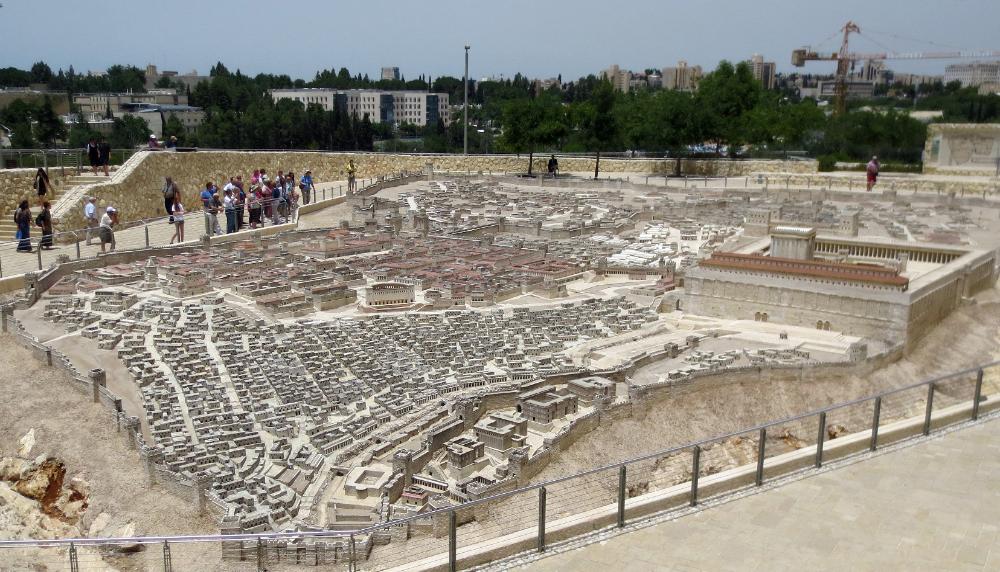
| Israeli flags fly in front of the Knesset, the Israeli parliament building |
| Jerusalem's New City, Israel |
| The parliament room is quiet when we visit, but it can get pretty rowdy in here when debate turns fierce among its 120 members |
Buckle up for a quick tour of Jerusalem's New
City (i.e., the city beyond the walls). With only
one day to see all that the New City has to offer,
there was really no way to do it justice. At the
Israel Museum, for instance, we only had time to
see the excellent Dead Sea scroll exhibit and a
miniature of the Old City. The rest of this
top-notch museum will have to wait for a future
visit. At the Yad Veshem Holocaust Museum, we
had two hours to explore the powerfully moving
multimedia displays but could have spent much
longer here. At the Knesset, we got to sit in the
parliament room and see some beautiful Marc
Chagall tapestries.
Each time we walked the fifteen minutes or so
from our Prima Royale Hotel in the New City to
Jaffa Gate in the Old City, we'd pass through the
outdoor promenade of the Mamilla Mall with its
boutiques and posh restaurants and quirky art
displays. It served as a convenient connector.
On each trip we'd also pass the landmark King
David Hotel and the tall spire-like YMCA.
City (i.e., the city beyond the walls). With only
one day to see all that the New City has to offer,
there was really no way to do it justice. At the
Israel Museum, for instance, we only had time to
see the excellent Dead Sea scroll exhibit and a
miniature of the Old City. The rest of this
top-notch museum will have to wait for a future
visit. At the Yad Veshem Holocaust Museum, we
had two hours to explore the powerfully moving
multimedia displays but could have spent much
longer here. At the Knesset, we got to sit in the
parliament room and see some beautiful Marc
Chagall tapestries.
Each time we walked the fifteen minutes or so
from our Prima Royale Hotel in the New City to
Jaffa Gate in the Old City, we'd pass through the
outdoor promenade of the Mamilla Mall with its
boutiques and posh restaurants and quirky art
displays. It served as a convenient connector.
On each trip we'd also pass the landmark King
David Hotel and the tall spire-like YMCA.
| Across from the King David is the distinctive spire-like YMCA, another city landmark |
| The King David Hotel is perhaps the most famous of all Jerusalem hotels and is located close to where the old and new cities meet. We passed it daily. |
| We walked through the Mamilla Mall outdoor pavilion multiple times on our way to and from Prima Royale Hotel to the Old City |
| Situated all along the pavilion, on stands just outside the stores, are wonderfully quirky pieces of art that keep the journey interesting |
| The unusual interior design takes you on a zigzag path through the museum -- each at a turning point in the history of the Holocaust. (No photos allowed inside.) |
| Yad Veshem Holocaust Museum is the second most visited tourist site in Israel after the Western Wall |
| No photos are allowed inside the Shrine of the Book, but this is what the scrolls look like based on an exhibit at Qumran. Seeing the actual scrolls with our own eyes was exciting. The scrolls provide us with texts of the Old Testament copied more than 1,000 years earlier than any others now in existence. |
| The Shrine of the Book houses the Dead Sea scroll exhibit. The dome is designed to look like the lid on one of the clay scroll containers. The underground building itself is shaped like a clay jar. Several of the actual Dead Sea scrolls are on display inside. |
| Adjacent to the Shrine of the Book is this outdoor miniature model of Jerusalem during the Second Temple Period -- that is, prior to its destruction by the Romans in 70 AD. Note that, instead of the Dome of the Rock, the huge Temple Mount houses the Second Temple built by Herod the Great. |
| This is Israel's national museum. Among the many displays we didn't get to see is one of the world's oldest known prehistoric sculptures, the Venus of Berekhat Ram, discovered in the Golan Heights. |
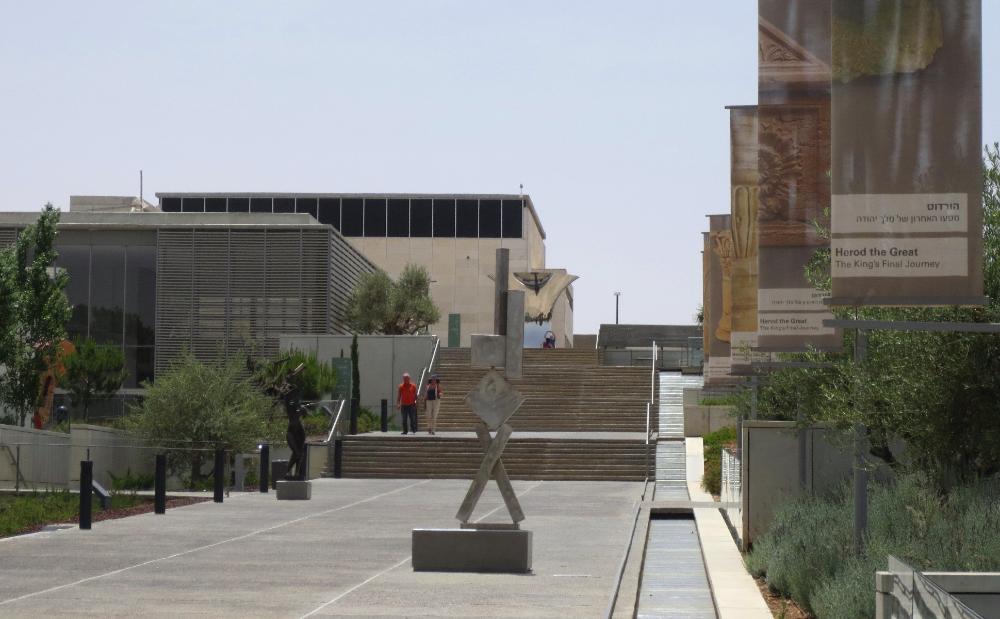
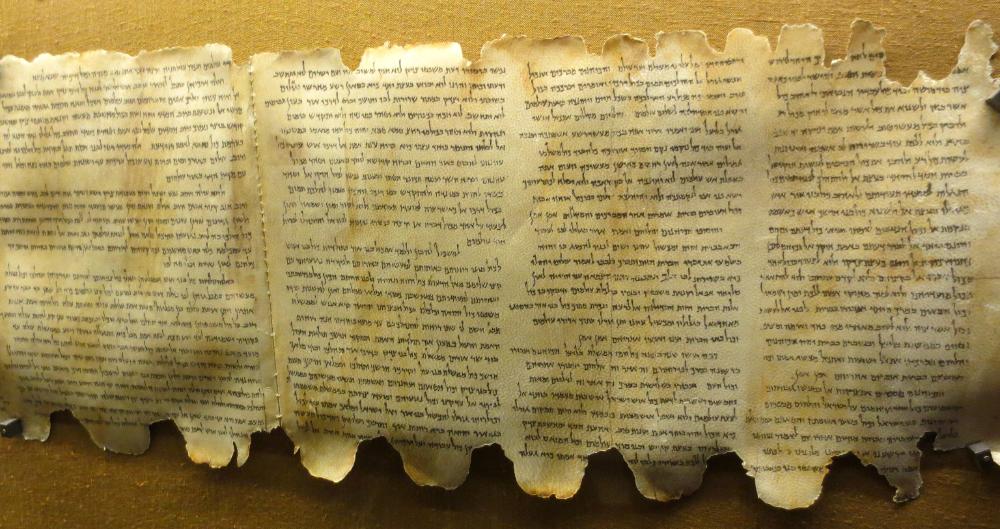
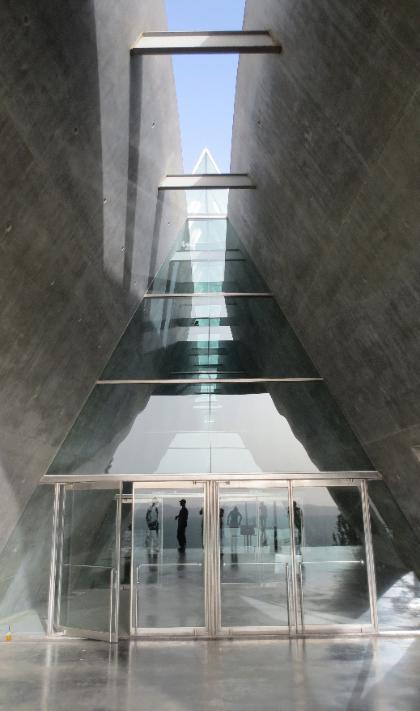
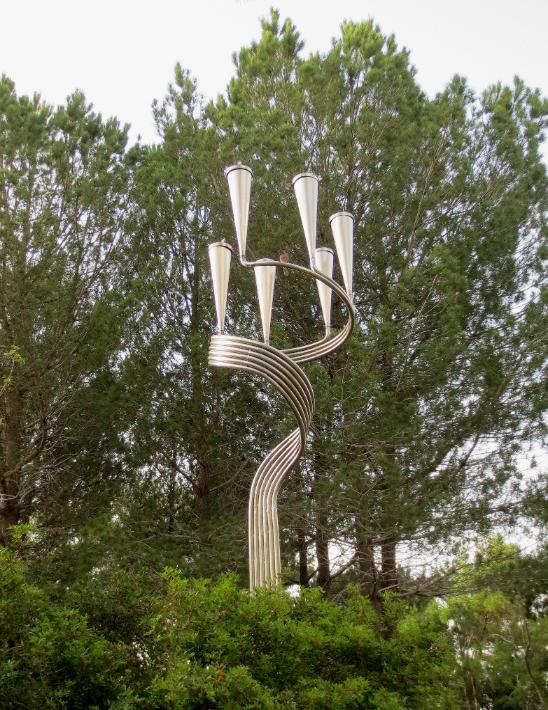
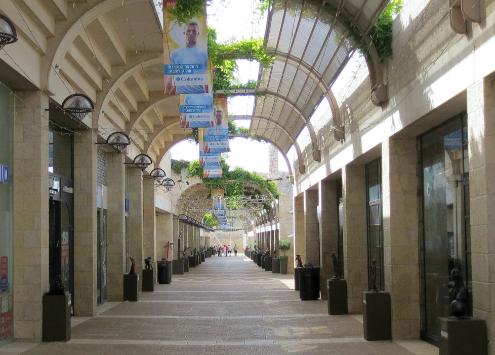
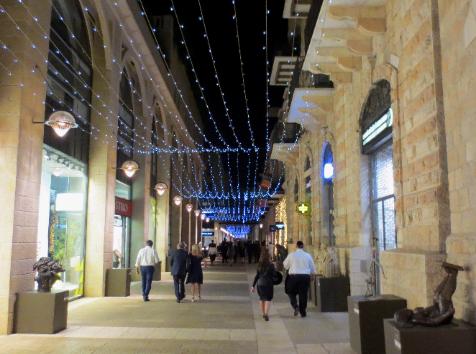
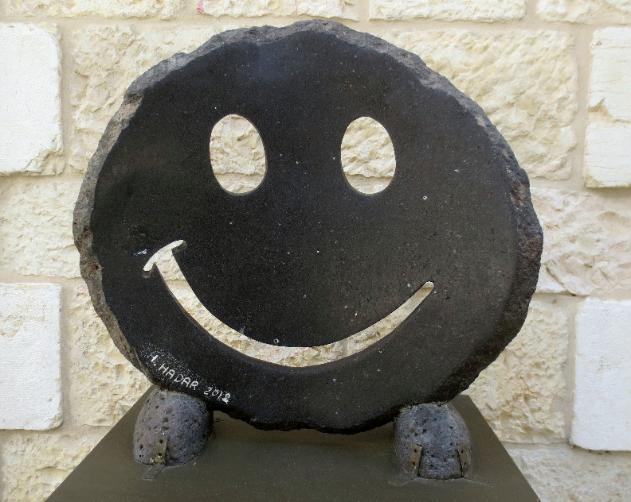
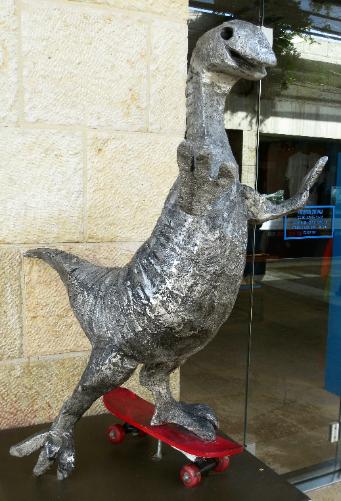
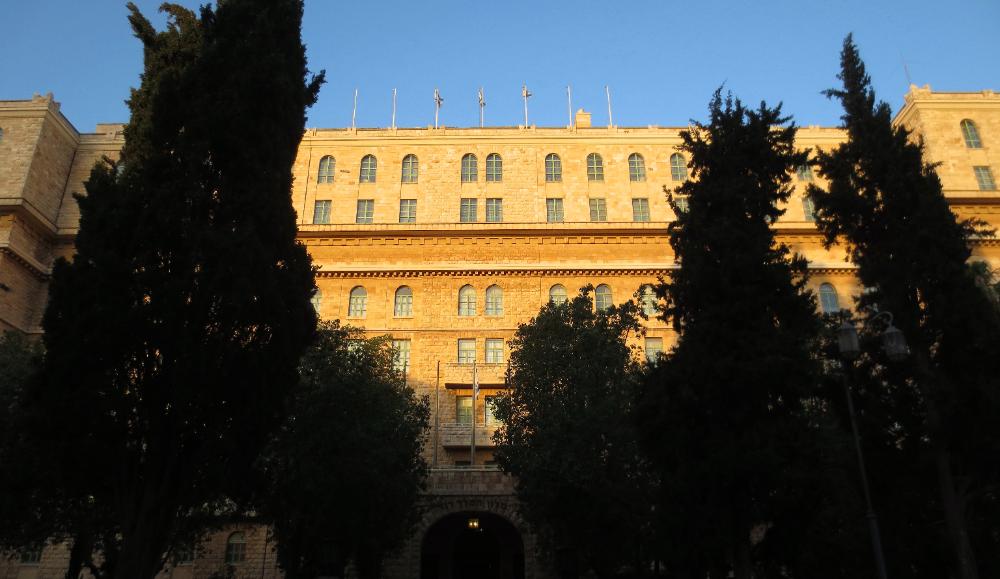
| In the state hall of the Knesset are three huge tapestries by Marc Chagall. The leftmost tapestry shows the joyous "Return to Zion" with King David playing his lyre. |
| The center tapestry is called "The Exodus" and depicts Moses leading his people out of Egypt -- as well as the Jewish Diaspora |
| The state hall also contains an enormous wall mosaic by Marc Chagall, with the menorah as a central element. You see this Jewish symbol used throughout the Knesset. |
| The Knesset houses Israel's unicameral legislative branch. You must have your passport with you to get this far. |
| Israel Museum |
| Yad Veshem Holocaust Museum |
| Knesset |
| Mamilla Pavilion |
| Landmark Hotels |
| Elevators in Israel have a "Shabbat" setting that makes the elevator automatically stop at every floor so no button has to be pushed |